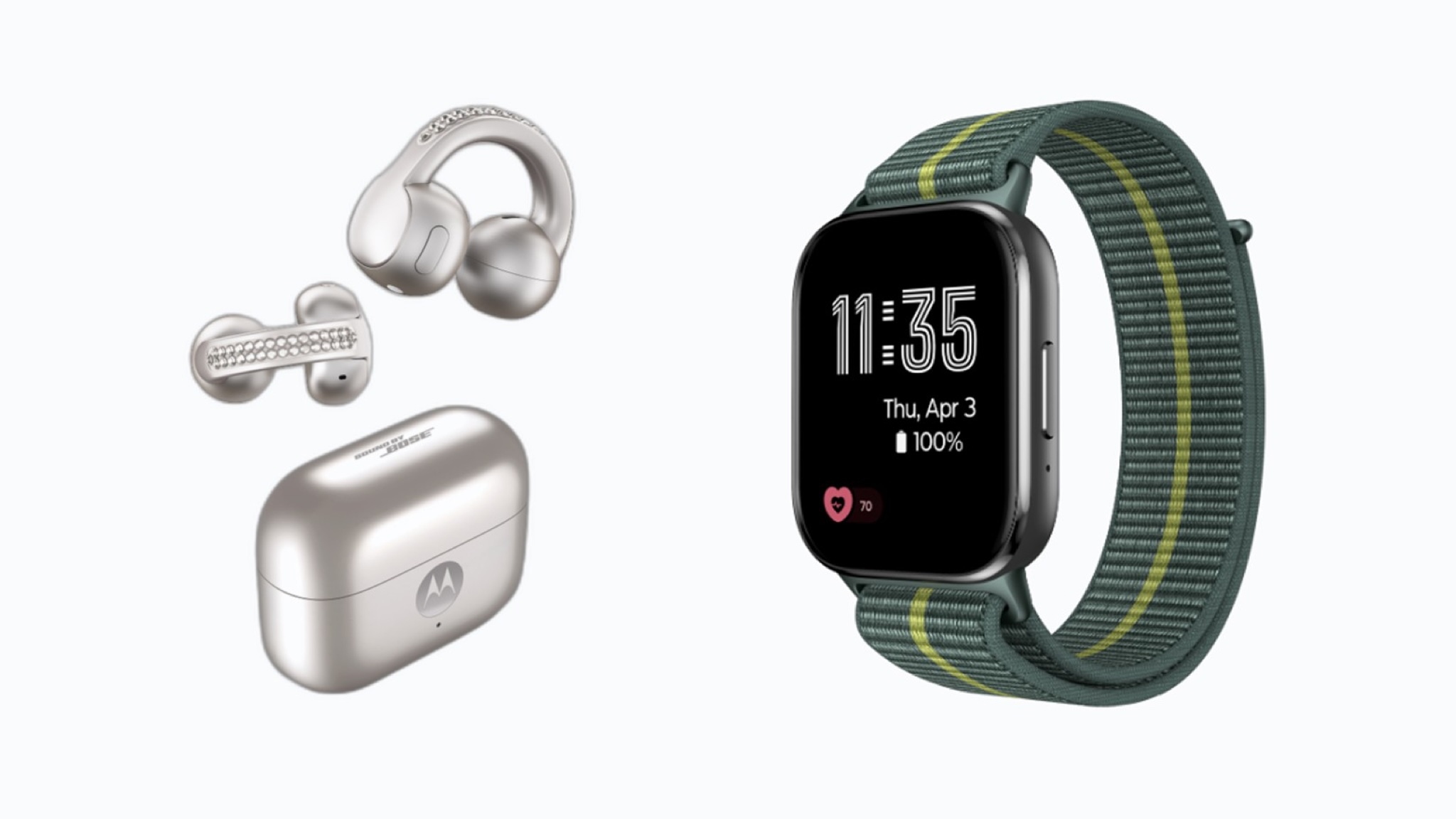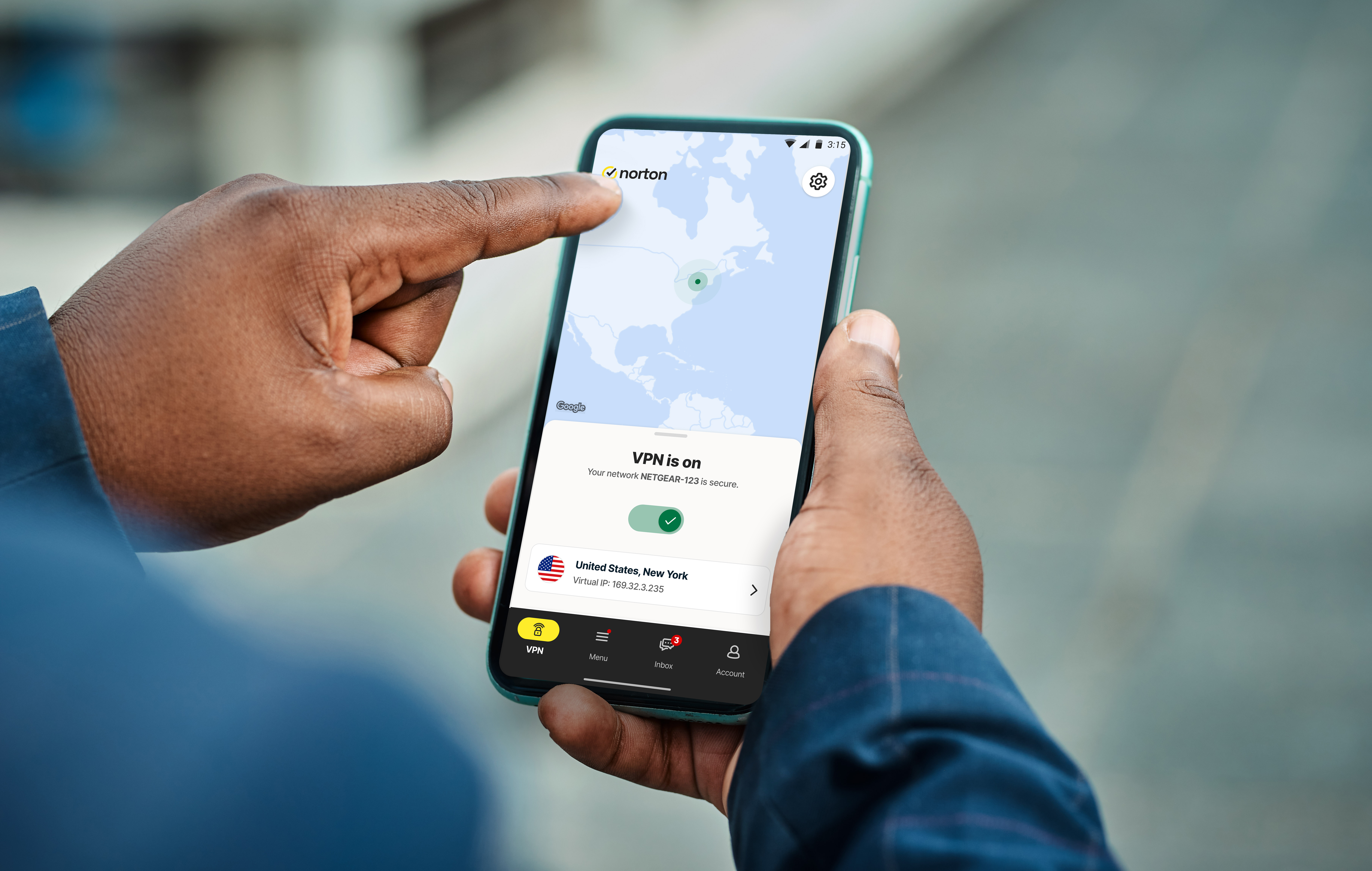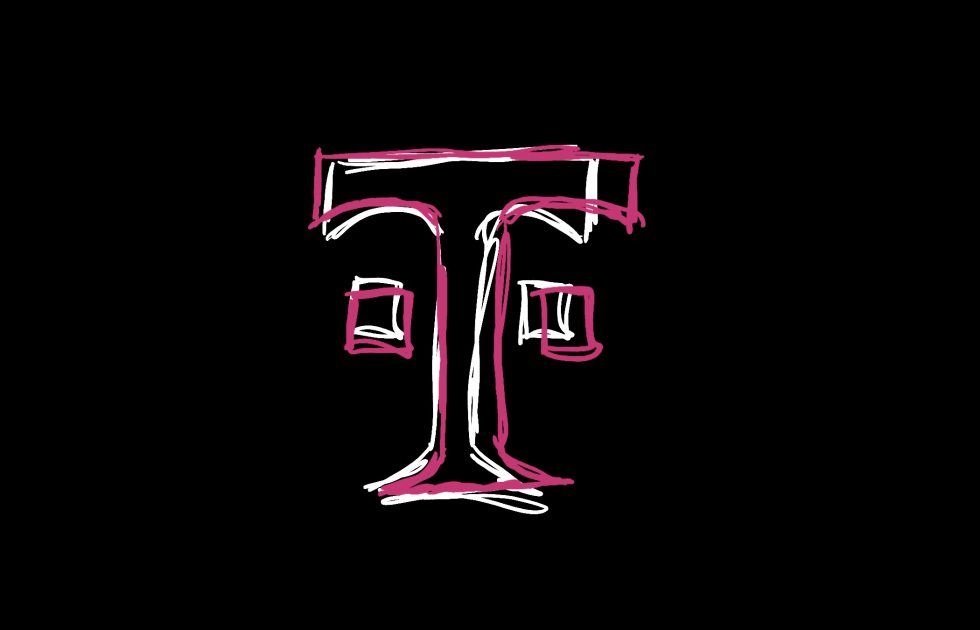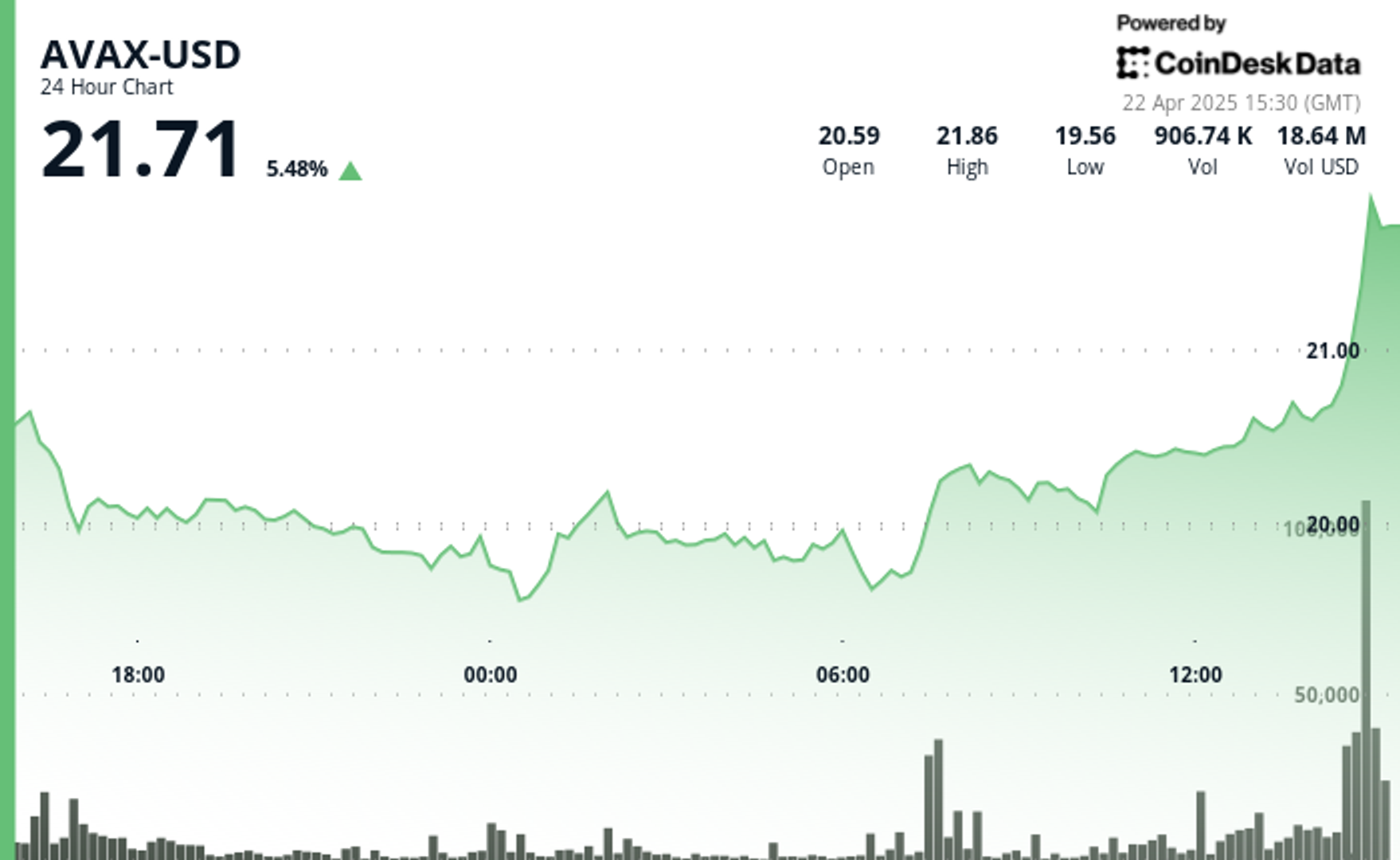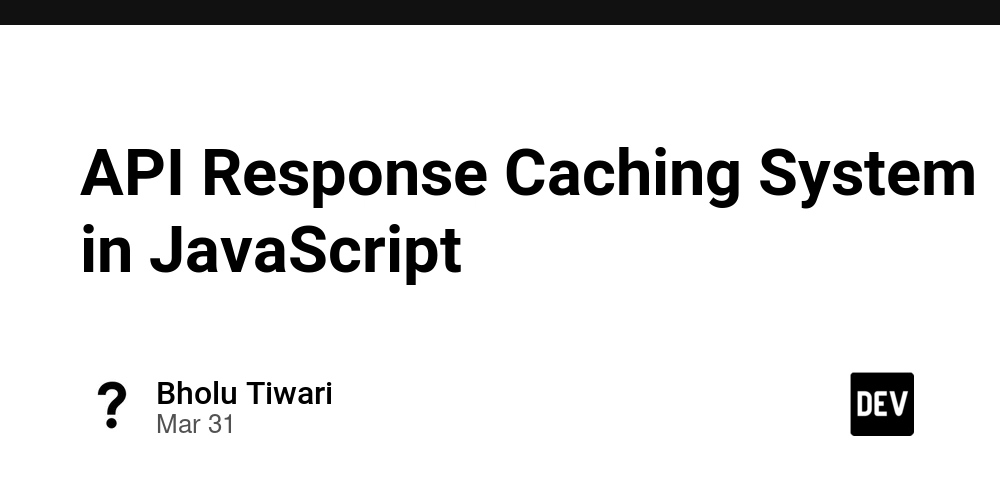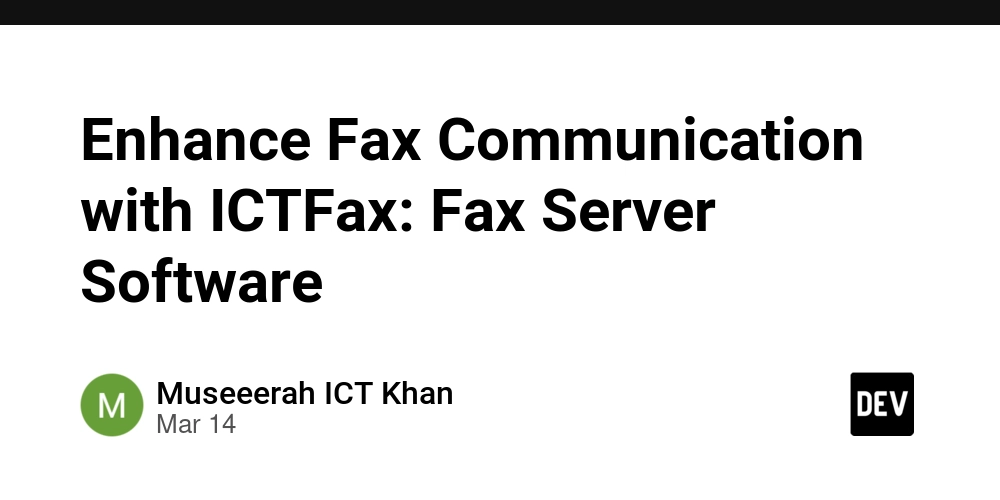9 Patterns and Practices for Securing Apps in Angular
Security is essential when building Angular applications. Protecting your users' data and maintaining secure communication are critical aspects. This guide covers best practices and patterns for ensuring your Angular apps are secure. 1. Use HTTPS for Secure Communication Always use HTTPS to encrypt data transmitted between client and server. Configure your Angular application and backend services to use secure protocols. 2. Protect Against XSS (Cross-Site Scripting) Angular provides built-in sanitization. Still, always avoid: Directly injecting user inputs into the DOM. Using bypassSecurityTrustHtml without careful sanitization. Use Angular's binding and sanitization features: 3. Avoid CSRF Attacks Use anti-CSRF tokens with your HTTP requests. Angular's HTTP interceptor helps include these tokens automatically. Example: import { HttpInterceptor, HttpRequest, HttpHandler } from '@angular/common/http'; @Injectable() export class CsrfInterceptor implements HttpInterceptor { intercept(req: HttpRequest, next: HttpHandler) { const csrfToken = 'your-csrf-token'; const cloned = req.clone({ headers: req.headers.set('X-CSRF-Token', csrfToken) }); return next.handle(cloned); } } 4. Implement Authentication & Authorization Properly Use robust authentication methods such as OAuth or JWT tokens. Properly manage token storage (preferably HTTP-only cookies or secure storage). Example JWT Token Handling: @Injectable({ providedIn: 'root' }) export class AuthService { constructor(private http: HttpClient) {} login(credentials: any) { return this.http.post('/api/login', credentials).pipe( tap((res: any) => localStorage.setItem('token', res.token)) ); } getToken() { return localStorage.getItem('token'); } } 5. Secure Routes Using Guards Protect sensitive routes using Angular's built-in guards (CanActivate): @Injectable({ providedIn: 'root' }) export class AuthGuard implements CanActivate { constructor(private authService: AuthService, private router: Router) {} canActivate(): boolean { if (this.authService.getToken()) { return true; } this.router.navigate(['/login']); return false; } } 6. Properly Manage Sensitive Data Never expose sensitive data (API keys, tokens) directly in your code or client-side configuration. Always fetch such data securely from backend services. 7. Keep Angular and Dependencies Updated Regularly update Angular and third-party libraries to patch security vulnerabilities. Use npm audit regularly to detect vulnerabilities: npm audit fix 8. Content Security Policy (CSP) Implement CSP headers to limit sources from which scripts and other resources can be loaded, reducing attack surfaces for XSS. 9. Security Headers Configure HTTP headers like X-Frame-Options, X-Content-Type-Options, and Strict-Transport-Security on your server to enhance security. Best Practices Recap Use HTTPS consistently. Sanitize user input carefully. Protect against CSRF and XSS. Use strong authentication and authorization mechanisms. Manage sensitive data securely. Regularly update dependencies. Conclusion Security in Angular applications requires proactive measures and continual maintenance. Following these best practices and patterns ensures your applications remain secure and trustworthy. What security measures do you prioritize in your Angular applications? Share your experiences below!

Security is essential when building Angular applications. Protecting your users' data and maintaining secure communication are critical aspects. This guide covers best practices and patterns for ensuring your Angular apps are secure.
1. Use HTTPS for Secure Communication
Always use HTTPS to encrypt data transmitted between client and server. Configure your Angular application and backend services to use secure protocols.
2. Protect Against XSS (Cross-Site Scripting)
Angular provides built-in sanitization. Still, always avoid:
- Directly injecting user inputs into the DOM.
- Using
bypassSecurityTrustHtmlwithout careful sanitization.
Use Angular's binding and sanitization features:
[innerText]="userContent"> 3. Avoid CSRF Attacks
Use anti-CSRF tokens with your HTTP requests. Angular's HTTP interceptor helps include these tokens automatically.
Example:
import { HttpInterceptor, HttpRequest, HttpHandler } from '@angular/common/http';
@Injectable()
export class CsrfInterceptor implements HttpInterceptor {
intercept(req: HttpRequest<any>, next: HttpHandler) {
const csrfToken = 'your-csrf-token';
const cloned = req.clone({ headers: req.headers.set('X-CSRF-Token', csrfToken) });
return next.handle(cloned);
}
}
4. Implement Authentication & Authorization Properly
Use robust authentication methods such as OAuth or JWT tokens. Properly manage token storage (preferably HTTP-only cookies or secure storage).
Example JWT Token Handling:
@Injectable({ providedIn: 'root' })
export class AuthService {
constructor(private http: HttpClient) {}
login(credentials: any) {
return this.http.post('/api/login', credentials).pipe(
tap((res: any) => localStorage.setItem('token', res.token))
);
}
getToken() {
return localStorage.getItem('token');
}
}
5. Secure Routes Using Guards
Protect sensitive routes using Angular's built-in guards (CanActivate):
@Injectable({ providedIn: 'root' })
export class AuthGuard implements CanActivate {
constructor(private authService: AuthService, private router: Router) {}
canActivate(): boolean {
if (this.authService.getToken()) {
return true;
}
this.router.navigate(['/login']);
return false;
}
}
6. Properly Manage Sensitive Data
Never expose sensitive data (API keys, tokens) directly in your code or client-side configuration. Always fetch such data securely from backend services.
7. Keep Angular and Dependencies Updated
Regularly update Angular and third-party libraries to patch security vulnerabilities. Use npm audit regularly to detect vulnerabilities:
npm audit fix
8. Content Security Policy (CSP)
Implement CSP headers to limit sources from which scripts and other resources can be loaded, reducing attack surfaces for XSS.
9. Security Headers
Configure HTTP headers like X-Frame-Options, X-Content-Type-Options, and Strict-Transport-Security on your server to enhance security.
Best Practices Recap
- Use HTTPS consistently.
- Sanitize user input carefully.
- Protect against CSRF and XSS.
- Use strong authentication and authorization mechanisms.
- Manage sensitive data securely.
- Regularly update dependencies.
Conclusion
Security in Angular applications requires proactive measures and continual maintenance. Following these best practices and patterns ensures your applications remain secure and trustworthy.
What security measures do you prioritize in your Angular applications? Share your experiences below!
.jpg)








































































































































































![[The AI Show Episode 144]: ChatGPT’s New Memory, Shopify CEO’s Leaked “AI First” Memo, Google Cloud Next Releases, o3 and o4-mini Coming Soon & Llama 4’s Rocky Launch](https://www.marketingaiinstitute.com/hubfs/ep%20144%20cover.png)


















































































































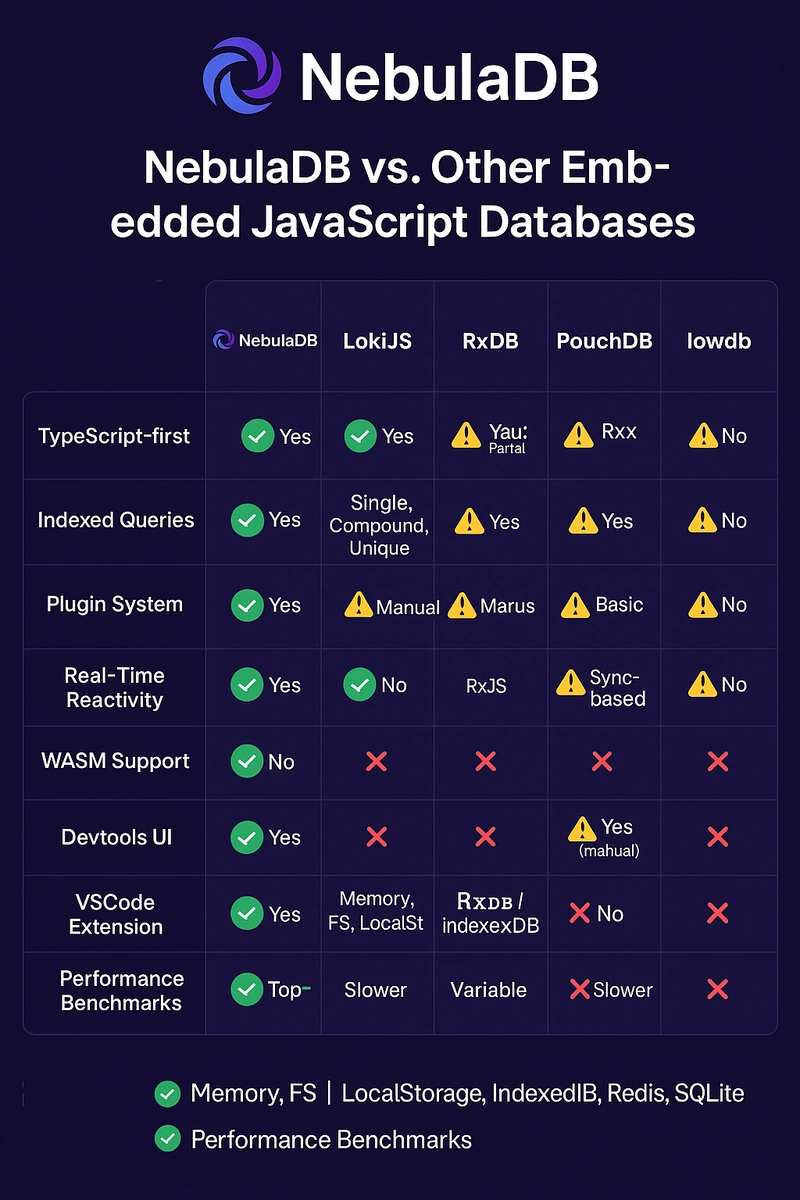





































![BPMN-procesmodellering [closed]](https://i.sstatic.net/l7l8q49F.png)

























































































-All-will-be-revealed-00-35-05.png?width=1920&height=1920&fit=bounds&quality=70&format=jpg&auto=webp#)
-All-will-be-revealed-00-17-36.png?width=1920&height=1920&fit=bounds&quality=70&format=jpg&auto=webp#)
-Jack-Black---Steve's-Lava-Chicken-(Official-Music-Video)-A-Minecraft-Movie-Soundtrack-WaterTower-00-00-32_lMoQ1fI.png?width=1920&height=1920&fit=bounds&quality=70&format=jpg&auto=webp#)
























_Weyo_alamy.png?width=1280&auto=webp&quality=80&disable=upscale#)
_Brain_light_Alamy.jpg?width=1280&auto=webp&quality=80&disable=upscale#)









































































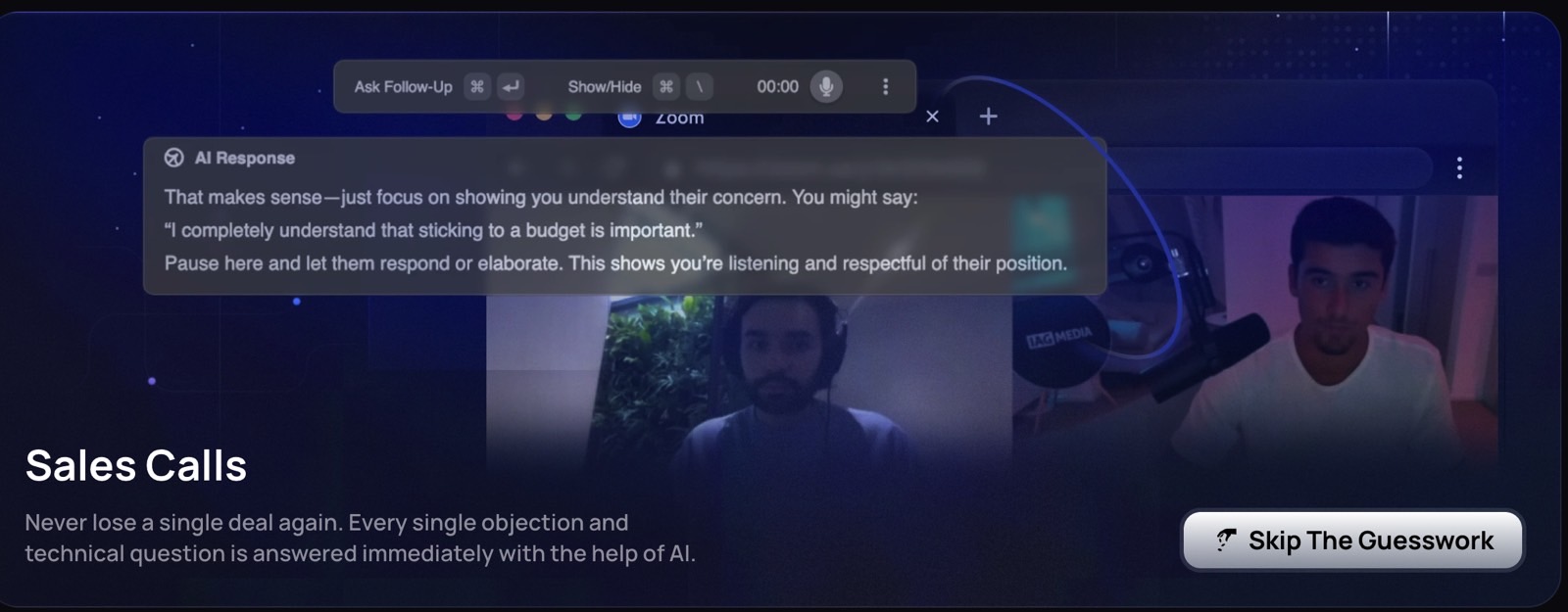


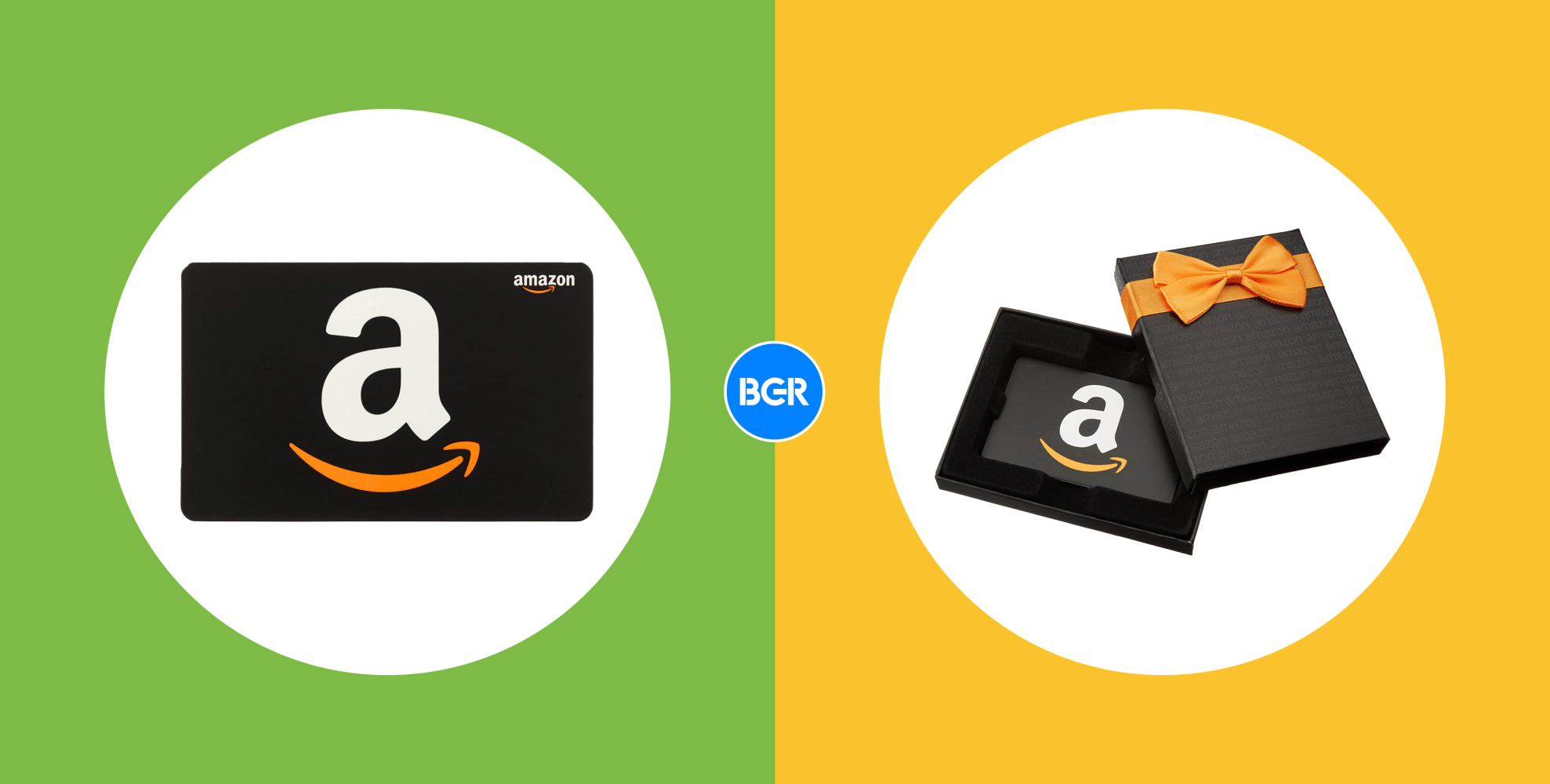


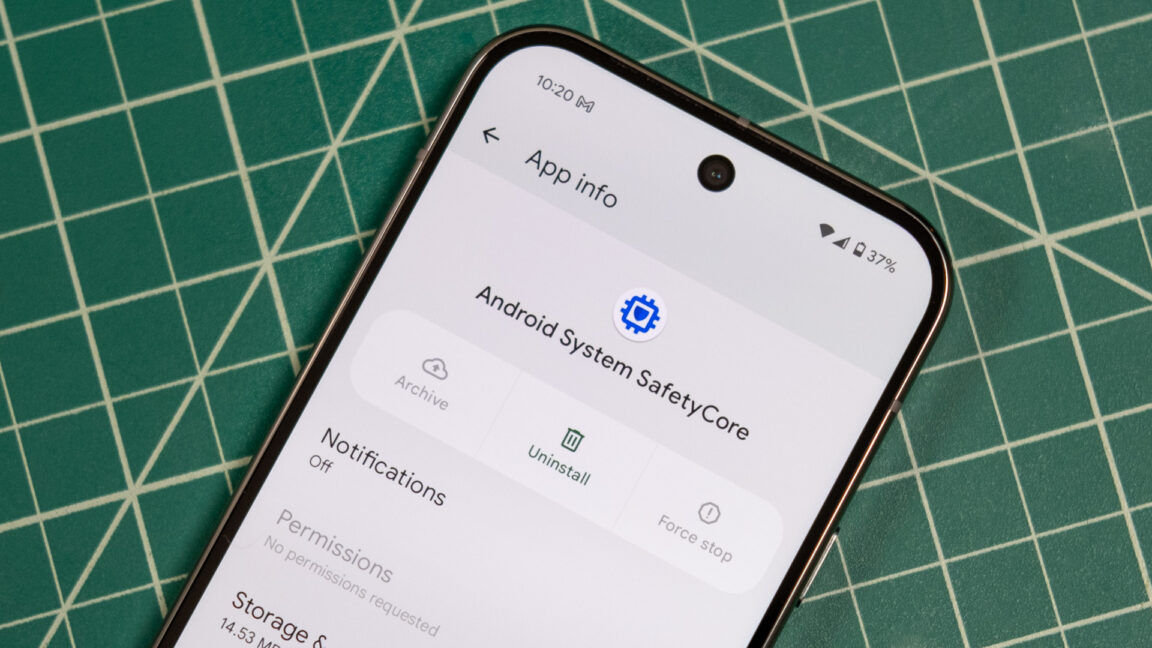






























![Apple Releases Public Beta 2 of iOS 18.5, iPadOS 18.5, macOS Sequoia 15.5 [Download]](https://www.iclarified.com/images/news/97094/97094/97094-640.jpg)

![New M4 MacBook Air On Sale for $929 [Lowest Price Ever]](https://www.iclarified.com/images/news/97090/97090/97090-1280.jpg)
![Apple iPhone 17 Pro May Come in 'Sky Blue' Color [Rumor]](https://www.iclarified.com/images/news/97088/97088/97088-640.jpg)














